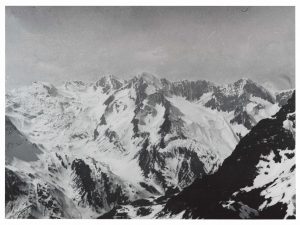
PETER DOIG – Country Rock, 1998-99
The Collection of Ole Faarup will be a highlight at Christie’s 20th/21st Century Art Marquee Week in October. Comprising in the region of 140 lots and with an overall estimate of around £16,000,000–22,000,000 it will be offered in a series of sales, the 20th/21st Century London evening sale on October 15, the Post-War and Contemporary Art day sale on October 16 and a dedicated online auction from October 8–21. Assembled over fifty years it is a striking testament to Ole Faarup’s passion for contemporary art and emerging artists, which made him one of the most respected art collectors of his generation.
Proceeds will benefit The Ole Faarup Art Foundation which carries forward his vision to nurture and support future generations of artists. Inspired by five decades of passionate and thoughtful collecting, the Foundation is dedicated to helping younger artists by placing their work in museums and public collections in Denmark and around the world. A special focus for the Foundation is to support Danish artists up to the age of 50, including those from the Faroe Islands and Greenland – one of its key objectives will be facilitating their first museum or kunsthalle exhibition abroad.














